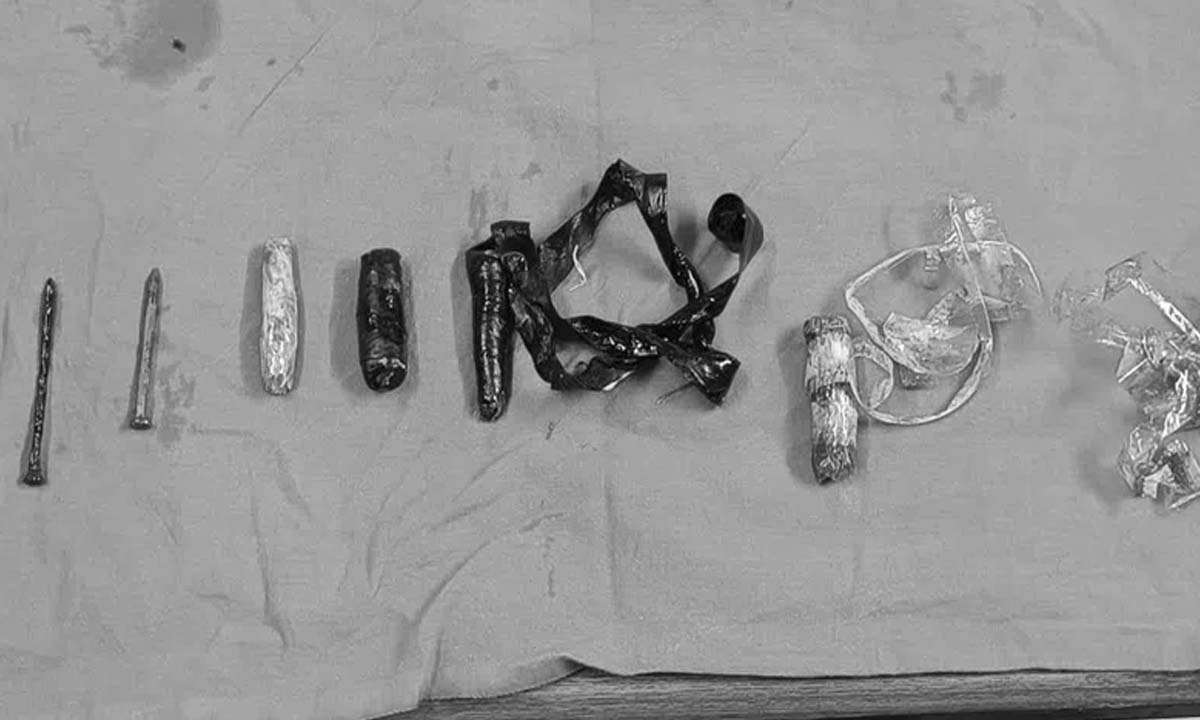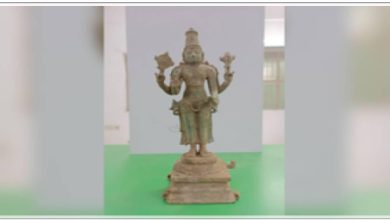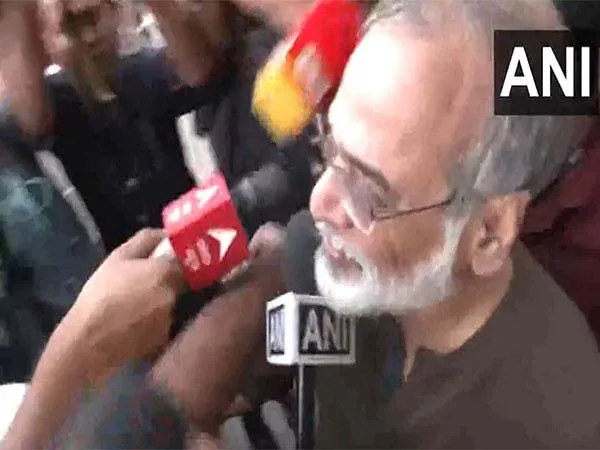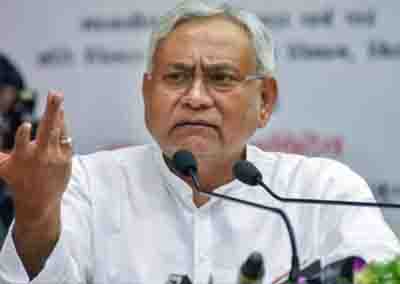Punjab: District hospitals lack life saving machines for sudden cardiac arrest
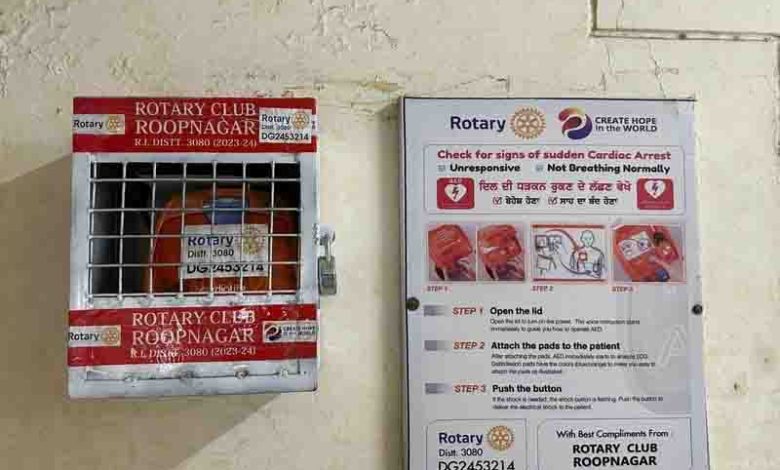
Punjab: Ropar district hospitals, both in the private and government sectors, lack electrical defibrillator facility, which can save lives in case of sudden cardiac arrest. Hundreds of people are losing their lives every year in the district as they do not get emergency treatment through electrical defibrillator or cardiopulmonary resuscitation (CPR). The nearest emergency treatment is in the district headquarters or Mohali district. According to Civil Surgeon Ropar, Dr Balwinder Kaur, in the government sector, there are just four electrical defibrillators in the district – three in Ropar Civil Hospital and one in Anandpur Sahib. Sources said that even in the private sector, defibrillators are available in just a few hospitals. In the sub-divisions of Nangal and Chamkaur Sahib, electrical defibrillators are not available in both the private and government sectors. An electrical defibrillator is a device that gives an electric shock to the heart to knock it out of a potentially fatal abnormal heart rhythm. According to Dr RS Parmar, senior surgeon from Ropar, many people who suffer from sudden cardiac arrest have only 1 to 2 per cent chance of survival if they are not given treatment through CPR or electrical defibrillator. Dr Bhanu Parmar, leading surgeon from Ropar, said that according to a renowned international journal called Lancet, about 5 to 6 lakh people die every year in India due to sudden cardiac arrest (SCA).
It is a condition in which a person suddenly falls unconscious due to a sudden dangerous rhythm disturbance in the heart. The time for intervention is barely a few minutes and in more than 90% of the cases, sudden cardiac arrest is caused by a sudden cardiac arrest. They hardly have any time to reach the hospital and unless we intervene immediately, there is no hope of survival. He said that if common people know the life saving skill of CPR, they can get precious time till the ambulance or emergency response team reaches the spot and takes the patient to the hospital. He further added that in India, due to lack of awareness, fear of policies and legal issues, bystanders are not able to respond appropriately in such cardiac conditions. Hence, the survival rate after sudden cardiac arrest in India is as low as 1-2%. We need to emulate the West, where CPR by common people is common, which means common people, who are highly aware and trained to provide CPR, are present in public places most of the time during critical emergencies. They also have public access to Automated External Defibrillators (AED) which give emergency shocks to the chest to revive the victim of sudden cardiac arrest. He added that due to all these measures, it has been shown that survival rates in such countries have increased to 60-70%.

